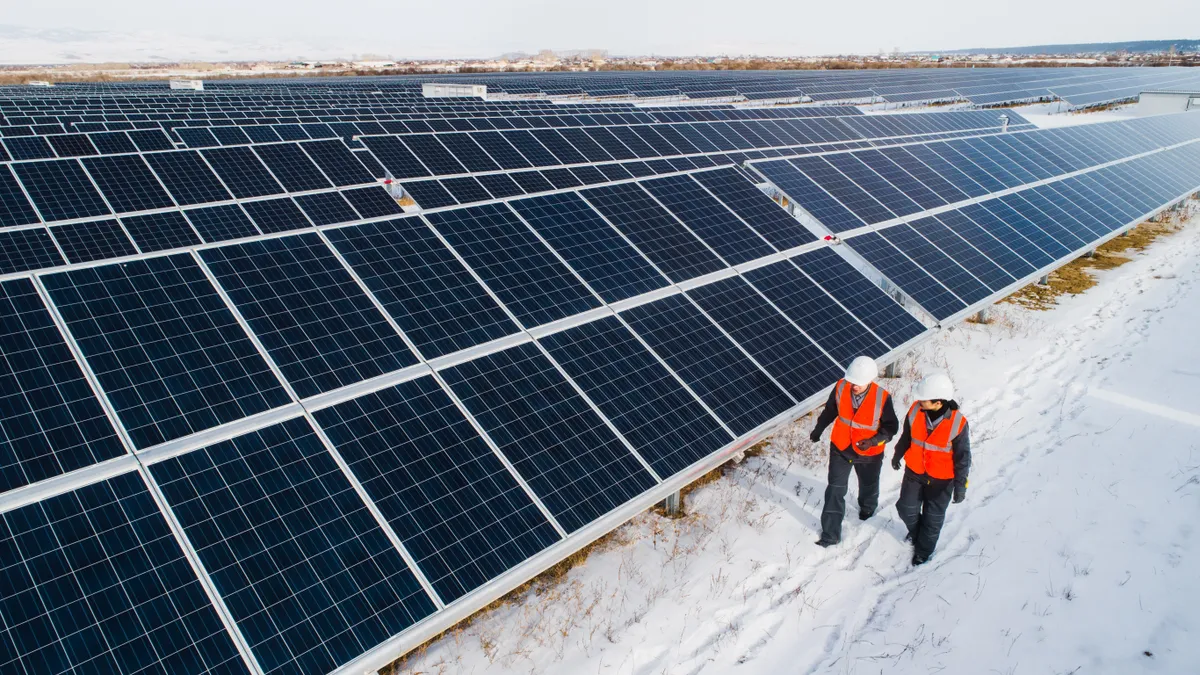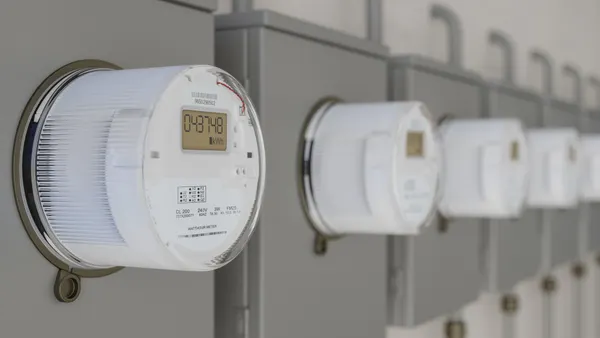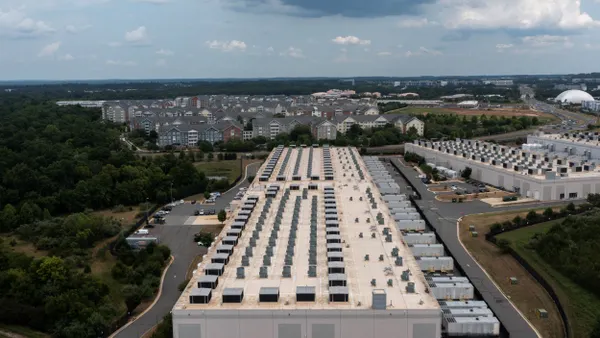Dive Brief:
-
In a blow to NorthWestern Energy and the Edison Electric Institute, a federal appeals court has upheld a Federal Energy Regulatory Commission decision that a 160-MW solar-battery project in Montana is a “qualifying facility,” or QF, under the Public Utility Regulatory Policies Act, or PURPA.
-
The U.S. Court of Appeals for the District of Columbia Circuit on Tuesday agreed with FERC that a QF’s nameplate capacity could exceed an 80-MW eligibility limit if, like the Broadview Solar facility at the center of the dispute, it is only capable of injecting 80 MW onto the grid.
-
Although the ruling is a “win” for the solar sector, the Inflation Reduction Act and recent FERC reforms to how PURPA is implemented have diminished the law’s importance to the national renewable energy build-out, research firm ClearView Energy Partners said Wednesday in a note.
Dive Insight:
PURPA, passed by Congress in 1978, aimed to spur domestic energy production. Under the law, utilities outside organized wholesale markets are generally obligated to buy electricity from wind and solar QFs no larger than 80 MW.
FERC, in September 2020, overturned a long-standing precedent and said QFs that exceed 80 MW, even if they can’t deliver more than that amount, don’t qualify under PURPA. After Richard Glick was elevated to chairman, FERC reversed its Broadview Solar decision in March 2021, prompting an appeal from NorthWestern and EEI, a trade group for investor-owned utilities.
The court dismissed their argument that FERC allowed Broadview to circumvent statutory restrictions on QFs by approving the solar and battery facility with nameplate capacity that exceeds the 80-MW limit as a QF.
“Viewed in light of the statute’s purpose, this arrangement is a feature, not a bug: Broadview is able to more consistently produce, send out, and sell the maximum amount of renewable energy permitted under the statute,” the court said, noting the facility will be able to use the battery to deliver up to 80 MW when the solar panels aren’t producing electricity.
FERC’s decision “was reasonable and well-supported by the statute’s text, structure, purpose and legislative history.”
The court dismissed NorthWestern’s and EEI’s argument that the battery part of the project was a separate facility, bringing the project’s total capacity to 160 MW.
“Standing on its own, Broadview’s battery can store only DC power and cannot deliver any usable power to the grid,” the court said. “Accordingly, the battery is not a separate ‘facility’ under the Commission’s reasonable interpretation of the statutory text.”
Former FERC Chairman Neil Chatterjee, who initially voted to reject the project’s QF status, but changed his mind when that decision was reconsidered, praised the court ruling.
“This is a big time win,” Chattergee said on Twitter. “I reversed course on this one thanks to intelligent guidance from [Glick] and [FERC General Counsel Matt Christiansen.]”
The decision is a boost to renewable energy developers, according to Stoel Rives attorneys Jessica Bayles and Jason Johns.
“Altogether, the D.C. Circuit’s order should provide renewable energy developers with more comfort and flexibility in designing QFs that are inverter-limited to 80 MW or less but include batteries or more than 80 MW of DC generating capacity,” they said in a blog post Wednesday.
However, the decision is unlikely to have a significant effect because storage no longer needs to be paired with solar to receive tax credits under the IRA, according to Metin Celebi, a principal at consulting firm Brattle Group.
“Having said that, in regions where the utilities’ avoided capacity costs are high, solar+storage hybrid facilities would continue to be able to receive higher prices in QF contracts,” he said Wednesday in an email.
The decision will likely exacerbate electric utilities’ concerns that PURPA can force them to buy above-market electricity even when new supply isn’t needed, ClearView said.
NorthWestern buys energy from “certain” QFs at prices ranging from $64/MWh to $136/MWh through June 2029, according to the company’s most recent quarterly earnings report. Its contractual QF obligation is about $405.4 million.














